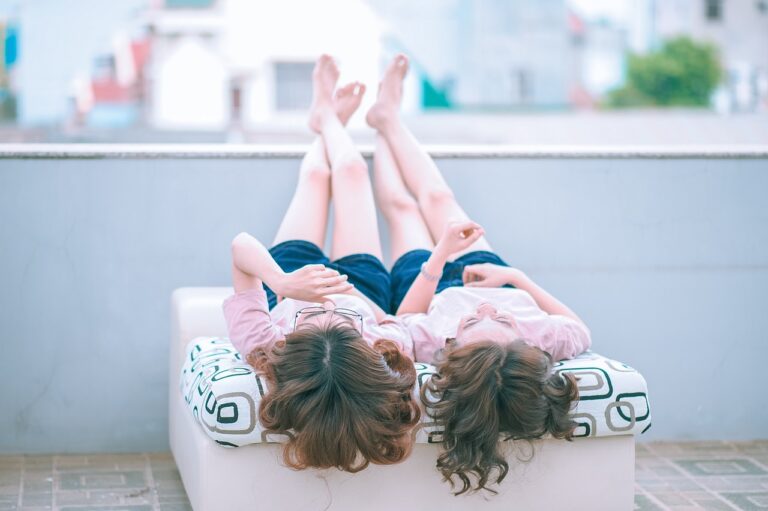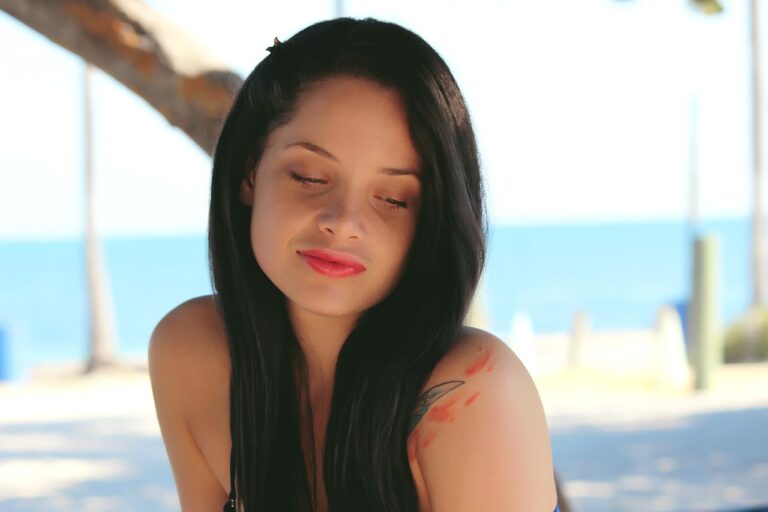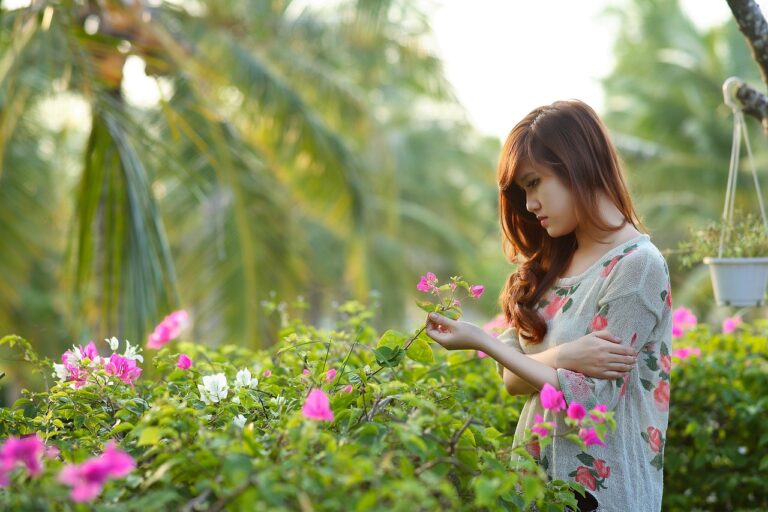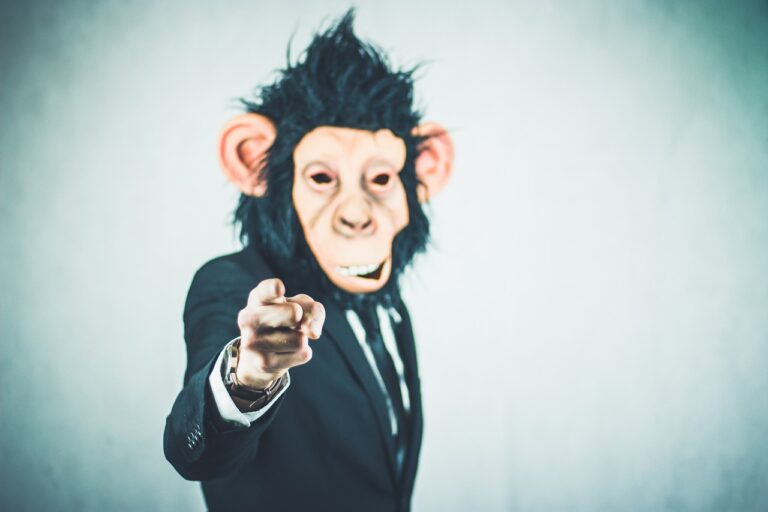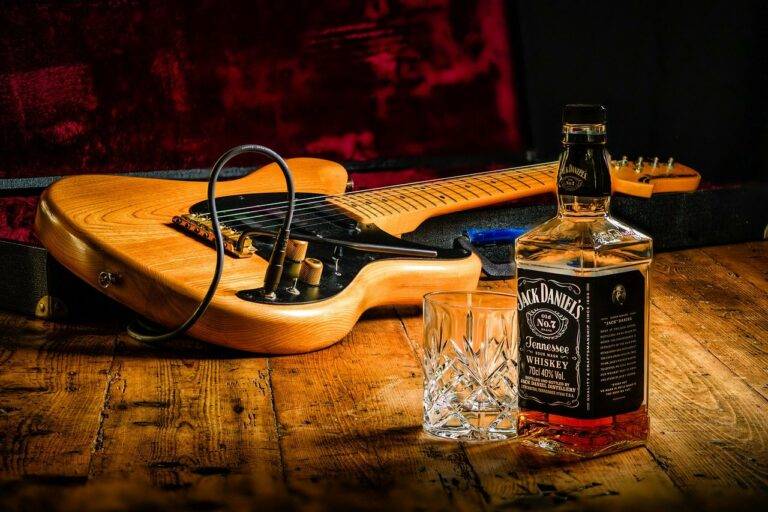The Evolution of Dance Styles Over the Decades
laser book 247 login password, lotus299, 11xplay pro:Dance has been an integral part of human culture for centuries, evolving and changing with the times. From the graceful waltzes of the 19th century to the hip-hop moves of today, dance styles have continuously transformed and adapted to reflect the cultural shifts of each decade.
1920s – The Roaring Twenties brought about the popularization of swing dancing, with the Charleston becoming a widespread sensation. Flappers and dapper gents could be seen dancing the night away to the catchy beats of jazz music.
1930s – The rise of big band music led to the emergence of the Lindy Hop, a lively and energetic dance style that became synonymous with the swing era. Couples would whirl and twirl across dance floors, showcasing their impressive footwork and aerial moves.
1940s – With World War II in full swing, the jitterbug craze took off, influenced by the jittery and fast-paced music of the era. This high-energy dance style was all about having fun and letting loose on the dance floor.
1950s – The birth of rock and roll brought about a new wave of dances, such as the iconic twist popularized by Chubby Checker. Teenagers flocked to dance halls and jukeboxes, eager to show off their moves and imitate their favorite music idols.
1960s – The 60s saw the rise of psychedelic rock and the accompanying dances like the frug, the swim, and the monkey. Dance became an expression of rebellion and freedom, with movements that were more free-form and experimental.
1970s – The disco era exploded onto the scene, with iconic dances like the hustle and the bump taking over dance floors around the world. Disco balls glittered as dancers grooved to the funky beats of artists like Donna Summer and the Bee Gees.
1980s – The birth of hip-hop brought about a whole new style of dance, with breakdancing becoming a cultural phenomenon. Dancers showcased their athletic prowess with headspins, freezes, and intricate footwork, showcasing their individuality and creativity.
1990s – The rise of MTV and music videos influenced dance styles like never before, with artists like Michael Jackson and Janet Jackson setting trends with their innovative choreography. The era of dance crazes like the Macarena and the Electric Slide also took hold.
2000s – The new millennium brought about the explosion of reality dance shows like “So You Think You Can Dance” and “Dancing with the Stars,” showcasing a wide range of dance styles from contemporary to ballroom. Hip-hop continued to be a dominant force in popular culture, with artists like Beyonc頡nd Usher leading the way.
2010s – Social media and viral videos revolutionized the way we consume and share dance, with platforms like TikTok giving rise to new dance crazes like the Renegade and the Savage Love. B-boying and street styles continued to influence mainstream dance, with dancers incorporating elements of popping, locking, and waving into their routines.
As we look back on the evolution of dance styles over the decades, it’s clear that each era has brought its own unique flair and flavor to the dance floor. From the elegant movements of ballroom to the high-energy spins of breakdancing, dance continues to be a reflection of our cultural zeitgeist and a celebration of human creativity and expression.
FAQs
Q: What are some popular dance styles today?
A: Popular dance styles today include hip-hop, contemporary, jazz, ballet, and salsa, among others.
Q: How can I learn to dance?
A: You can learn to dance by taking classes at a local dance studio, watching online tutorials, or practicing with friends.
Q: Are there any benefits to dancing?
A: Yes, dancing has numerous benefits, including improved physical fitness, coordination, and mental health. It’s also a great way to socialize and have fun.


